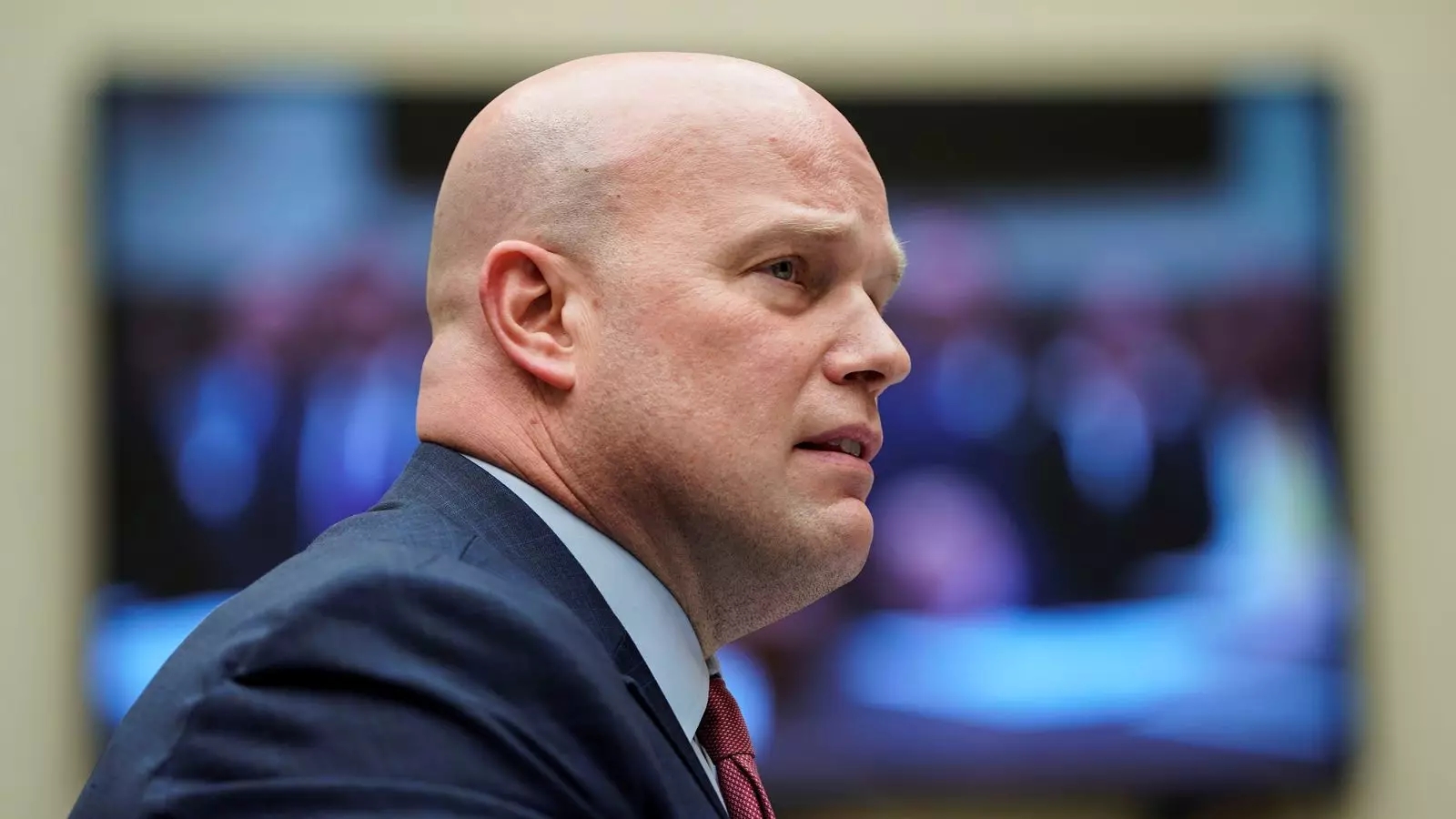As tensions rise on the global stage, the United States has issued a bold and controversial call for its NATO allies, including the UK, to ramp up their defense spending to an unprecedented 5% of Gross Domestic Product (GDP). This demand, articulated by Matthew Whitaker, the former U.S. ambassador to NATO, carries with it a tone of urgency and uncompromising expectation. He insists that the concept of “peace through strength” translates into a mandate rather than a mere guideline—an approach that fundamentally shifts the alliance’s dynamics and the relationships between member nations. It’s a jarring deviation from previous norms where national security was often juxtaposed against the backdrop of economic capability, thus raising the question: at what cost are we willing to ensure our own security?
European Leaders Face the Reality of Increased Defense Spending
In light of this insistence from the U.S., European leaders, particularly the UK, find themselves grappling with a complex dilemma. Reports suggest that Sir Keir Starmer may have to concede to raising UK defense spending to 3.5% of GDP, alongside an additional 1.5% allocated to defense-related aspects by the 2030s. This expectation is not merely a suggestion; it is becoming a requirement that shapes their fiscal policies and political landscapes. The precarious notion of national security is now becoming a matter of hard statistics, where spending commitments are encroaching upon domestic agendas.
Prime Minister Rishi Sunak’s prior aspiration to boost defense funding to just 3% by 2034 appears increasingly unrealistic as pressure mounts. This clash between ambition and necessity breeds confusion within the Ministry of Defence, highlighting a disconnect between UK defense strategies and the overarching demands from the NATO leadership. The reality is that this push for increased military funding reflects a growing recognition of global geopolitical threats, particularly from Russia, and an acknowledgment that countries like the U.S. seek more equitable financial participation in collective defense.
The Cost of Security and the Future of NATO
With the upcoming NATO summit in The Hague looming large, the pressure on member states to conform to the U.S. demands intensifies. NATO Secretary-General Mark Rutte has voiced serious concerns, stating that European nations will face “great difficulties” unless they exceed the current 2% GDP spending target. His assertion underscores the fragility of Europe’s security posture if countries remain indifferent to the evolving landscape of threats. The implication here is stark; if NATO is to remain a credible deterrent against potential aggressors, it requires unwavering commitment and investment from all member nations.
Yet, one must ponder the broader implications of such spending. Is the push for 5% a reflection of genuine concern for peace, or merely an escalatory tactic that reinforces a cycle of military competition? While investing in military capabilities is undoubtedly crucial, the push should be balanced with commitments to diplomacy, conflict prevention, and social cohesion. Missing from this dialogue is a consideration of how much is too much—where does the line get drawn before we start to overshadow diplomatic solutions with militaristic approaches? Exorbitant military funding might not yield the primary goal of peace if it inadvertently fosters hostility instead.
Global Partnerships and the Balancing Act of Defense Spending
As member states grapple with these expectations, the broader implications extend beyond mere statistics. There is a pressing need for global partners, including nations like Canada, to recalibrate their defense spending in accordance with these evolving mandates. However, this renewed dedication to military expenditure must not come at the expense of social welfare programs that uplift citizens. The cause for security should not overshadow the need for domestic stability, a reality that often gets lost in the noise of military posturing.
Undoubtedly, there’s an urgent need for a robust NATO that can respond to modern threats, yet it is equally significant to foster conversations around collaboration, peacekeeping, and long-term conflict resolution strategies. The challenge lies in striking a balance that protects national interests without spiraling into an arms race that could endanger the very foundation of international cooperation. The time has come for NATO members to not only meet the demands of defense but also ask the hard questions about who we are protecting and what we are protecting them from.

